
Forklift Controller - Lift trucks are available in many different models that have varying load capacities. The majority of typical lift trucks utilized in warehouse environment have load capacities of 1-5 tons. Bigger scale units are utilized for heavier loads, like loading shipping containers, could have up to 50 tons lift capacity.
The operator can use a control to lower and raise the forks, that are also called "tines or forks." The operator could also tilt the mast to be able to compensate for a heavy load's propensity to angle the forks downward to the ground. Tilt provides an ability to function on bumpy ground as well. There are yearly competitions intended for skillful lift truck operators to compete in timed challenges and obstacle courses at local forklift rodeo events.
All lift trucks are rated for safety. There is a specific load limit and a specific forward center of gravity. This vital info is supplied by the manufacturer and positioned on the nameplate. It is vital cargo do not go over these specifications. It is against the law in lots of jurisdictions to tamper with or take out the nameplate without obtaining consent from the forklift manufacturer.
Nearly all lift trucks have rear-wheel steering so as to enhance maneuverability. This is particularly helpful within confined spaces and tight cornering areas. This kind of steering varies quite a bit from a driver's initial experience with different vehicles. In view of the fact that there is no caster action while steering, it is no needed to apply steering force so as to maintain a constant rate of turn.
Another unique characteristic common with forklift use is instability. A constant change in center of gravity takes place between the load and the forklift and they need to be considered a unit during operation. A lift truck with a raised load has centrifugal and gravitational forces that may converge to result in a disastrous tipping mishap. In order to avoid this from happening, a forklift must never negotiate a turn at speed with its load elevated.
Lift trucks are carefully made with a particular load limit for the forks with the limit lowering with undercutting of the load. This means that the load does not butt against the fork "L" and will lower with the elevation of the tine. Usually, a loading plate to consult for loading reference is positioned on the forklift. It is unsafe to utilize a lift truck as a personnel lift without first fitting it with certain safety devices such as a "cage" or "cherry picker."
Forklift use in distribution centers and warehouses
Important for whatever warehouse or distribution center, the forklift needs to have a safe setting in which to accommodate their safe and efficient movement. With Drive-In/Drive-Thru Racking, a lift truck needs to travel in a storage bay which is multiple pallet positions deep to put down or take a pallet. Operators are often guided into the bay through rails on the floor and the pallet is positioned on cantilevered arms or rails. These tight manoeuvres need trained operators so as to do the job safely and efficiently. For the reason that each pallet needs the truck to enter the storage structure, damage done here is more frequent than with other kinds of storage. If designing a drive-in system, considering the size of the fork truck, along with overall width and mast width, have to be well thought out so as to be sure all aspects of an effective and safe storage facility.
![]() Click to Download the pdf
Click to Download the pdf
Forklift Parts
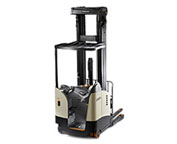
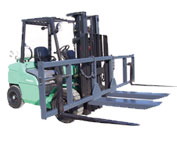
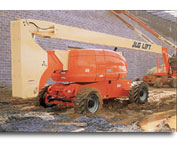
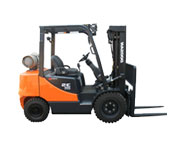


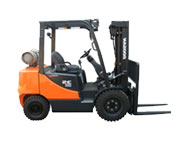

Lift Parts Express
TOLL FREE: 1-888-695-7994
LOCAL: (714) 278-4711
1105 S Euclid St D-222
Fullerton, California
forkliftpartsfullerton.com
Email Us
About Us



